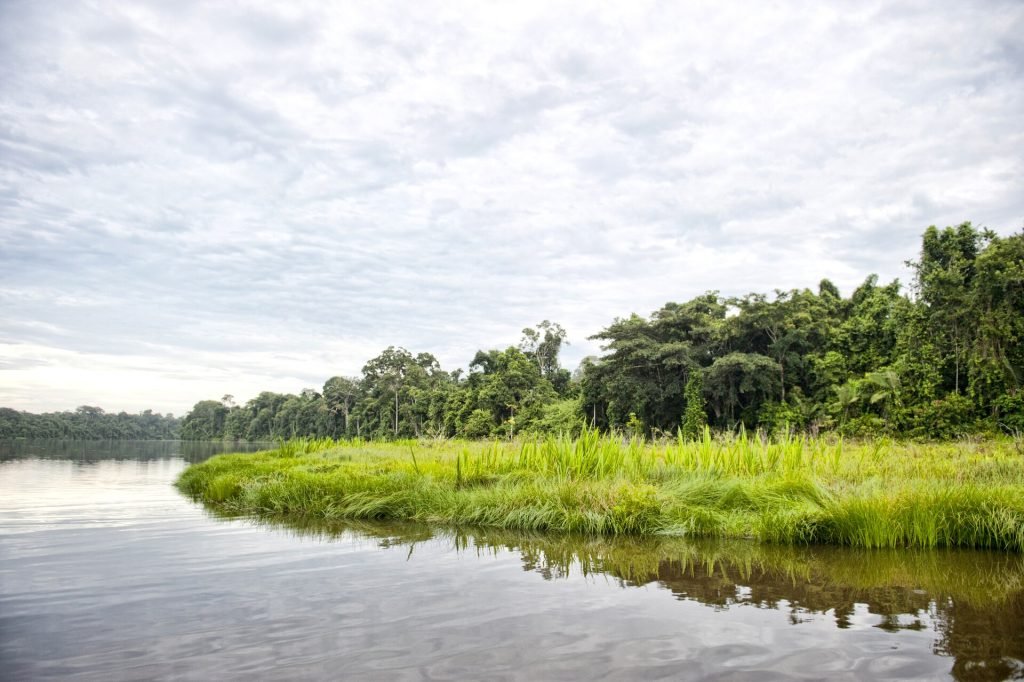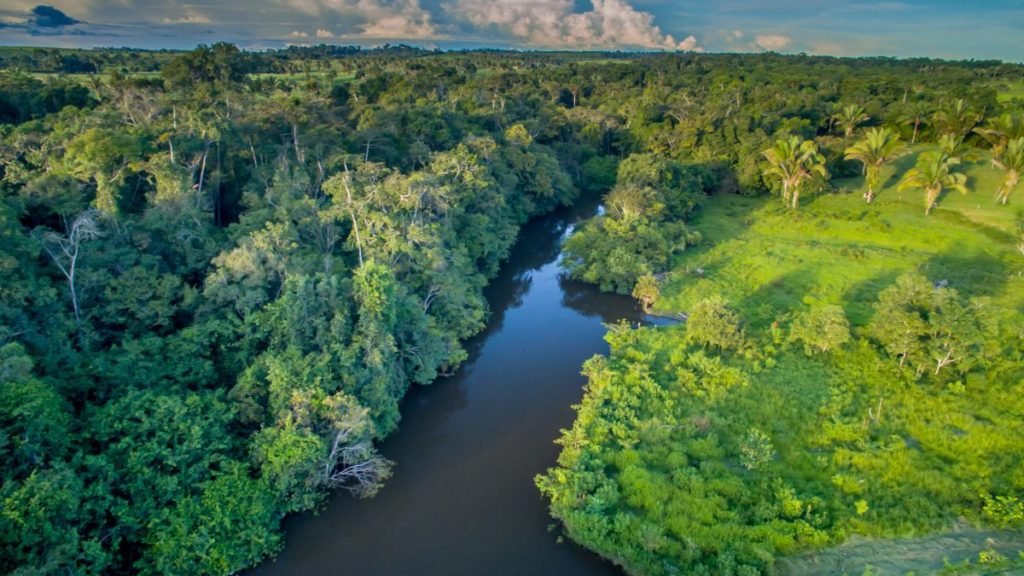Due to its geographical location and the characteristics of the area where the Tambopata National Reserve is located, it usually has a rainy climate most of the year as in the rainforests of the rest of the world. The Amazonian forests that make up the Tambopata National Reserve are no exception, so if you want to visit this beautiful place you must take into account the weather conditions that await you.

However, even in the tropical forests there are marked seasons, such as reproduction or fruiting, where you can see nature at its best, and even the microclimates that will be generated by the frequency of rainfall in the area, so the year is popularly divided into two distinct seasons: the rainy season and the dry season. In the Tambopata National Reserve, the rainy season covers the months of November through April, but, even if you plan to visit at this time of year, you should not be discouraged or disappointed by assuming that it rains all the time during those months and mistakenly believing that this will harm your visit. In fact, the months with the highest rainfall anywhere in the vast Amazon basin, including Tambopata National Reserve, are the months of January and February.
The dry season in the area runs from May to October and, as it coincides with the spring and summer months in the northern hemisphere, the forests of South America tend to receive most of their international visitors at this time of year, this is when you will find the greatest number of native species to observe.
But visiting the rainforests at any time of the year has its advantages. Of course, during the drier months the trails tend to be much less muddy and have much less inconvenience to traverse, but at the same time it is much hotter in the rainforest during this season, which can be a major drawback if you don’t enjoy the excessive sunshine and high temperatures. One of the advantages of visiting Amazon rainforest ecosystems like Tambopata National Reserve in the rainy season is that the temperatures are cooler, more enjoyable and make it a unique experience in its own way.
Perhaps the most important aspect to consider when planning a trip to the forests of South America is the wildlife you expect to see. One of the advantages of visiting the area in the dry months is that it may be easier to spot animals at water sources, such as lakes and riverbanks, as the deeper water sources in the rainforest dry up causing these species to move closer to common viewing points for visitors.

However, the rainy season is undoubtedly the best time of year to see certain rainforest species. For example, although June, July and August may be the best months for spotting mammals on the banks of rivers and lakes, it is during these same months that macaw species need less clay to counteract the toxic effects of the fruit that forms part of their diet. This means that during these months the activity in the clay licks may be reduced in terms of the total number of birds that visit them, although not in terms of reducing the number of species that visit them, everything will depend on the animals you are looking to observe in your visit, there will always be a time of the year when you can see more of some and less of others.
In addition to birdlife, the rainy months in the rainforests are a good time to see many species of monkeys during the fruiting season, when many of the species that form an important part of their varied diet are readily available and visible to tourists.
So, there you have it! The forests of the Amazon basin, including the Tambopata National Reserve, can be visited at any time of the year, and there will always be something special to look for, you just have to make the decision to reserve a date and visit this corner of the Amazon that awaits you with magnificent surprises.





